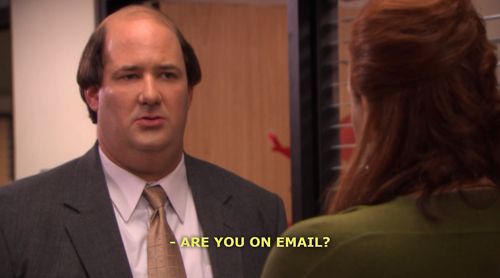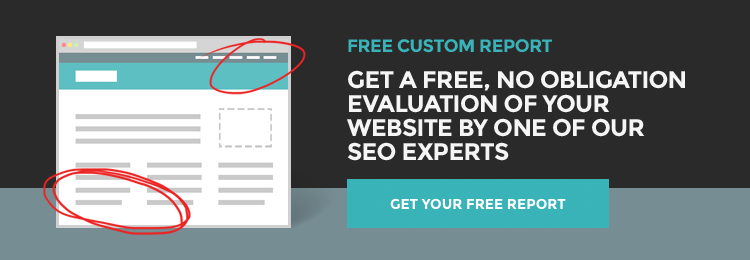
Believe it or not, a great way to generate leads is to actually withhold some of your most valuable content pieces and turn them into gated content.
Gated content is content on your site that’s only accessible through filling out a form, often by asking for just an email address.

This type of content is highly valuable — it offers incentives to your audience because they’re getting something extra, and it makes handing out their personal information a little easier.
Before you hit send on another mass email, consider how it’s impacting your audience. Are they opening it? Or is the tactic starting to fall a little flat? If you cringe a little when you hit send thinking about the unsubscribe rate, you probably need a refresh of some solid new leads.
Don’t waste your time beating a dead horse! If you need to drive more leads to your sales team, gated content is a great way to capture information while providing something substantial for your audience in return. People are becoming less open to giving out their email addresses, and it’s becoming difficult to obtain information without sweetening the deal. Think about it — when was the last time you actually gave a business your email instead of closing the pop up? Most likely it’s because you wanted what they were offering. Twenty percent off your first order was a good deal for you, and they now have your email to put you in their funnel. It’s a win-win situation for both parties involved, as long as both ends are getting something they want.
This strategy can easily work for your business too, all you have to figure out is what type of content your audience will find valuable. But, before you just throw your best performing blog post behind an email form, keep reading.
Get Better Leads! The Do’s and Don’ts of Gated Content
The key to having your gated content be successful is ensuring that whatever you’re gating is valuable. Unfortunately, while your best blog post might have 300 views, that’s not what people want. In fact, you really should avoid making any blog post gated content. Any posts you write should remain open because if you limit access, you lose out on the benefits from SEO, search engine results page (SERP) rankings, and the opportunity to establish your business as a thought leader in your space.
When you’re creating content, you can determine whether or not you should gate it or leave it open by digging deeper into its purpose. What are you trying to do with the piece, generate views or leads? Pieces that you really want to have a wide reach and future use in your marketing efforts probably shouldn’t be hidden behind a wall. One thing to remember with gated content is that while it will bring you leads, less people are going to see it. That’s why it’s important to think about which aspect you want to drive the value of the piece.
Within your open access content, like your blogs or social media, you can also include a call-to-action (CTA) for your gated content. This will help move your viewers down the funnel, and help raise the number of leads you get. Put your CTAs in content where it makes sense, don’t just stick it in everywhere you can. Making it look organic will help people feel more natural about continuing and filling out your form.
So what exactly should you use for gated content? How to guides, eBooks, and webinars are all great pieces that your audience will find incredibly valuable. Create content pieces that are going to answer a question people commonly ask within your industry, or give insight into a major topic. By giving people a detailed answer to something they’re asking about, they’re going to want to know what you have to say no matter what form it’s in.
Another strategy you can use is to leave a snippet of your content piece open, and then gate the rest to drive interest. The part you leave open should still be important to viewers, because you still want to drive them to the piece, but it works both ways by also driving leads by pulling in those who are really interested and want to read more.
Now that you’ve thought about what you want to create, we can move on to how you’re obtaining your leads. One important thing to remember is that you should not ask for too much unless it’s really necessary. No one wants to fill out a form with six different boxes. This will only drive people away, and you’ll lose the valuable leads you worked so hard to get. Usually all you really need to ask for is their basic contact information, and in some cases you might only need their email.
Once you have that information, don’t just forget about it! You should have an automation set up so they instantly get looped into an email campaign that will hopefully lead them further down the funnel and become a customer. The longer you sit on their information, the less likely are to care about your product or service. By using automation, they’ll receive the email when they’re most interested and be more inclined to open and read it.

